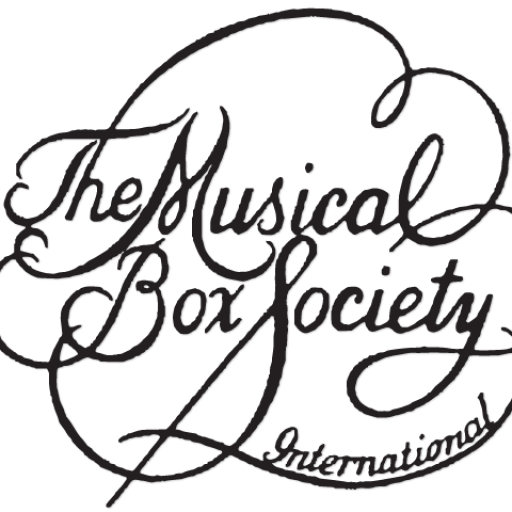Mechanical music was everywhere from about 1750 to about 1920 and is still being manufactured today. With so many of the existing antique pieces now in museums and private collections, is it still possible to build a collection of instruments? The answer is a resounding “YES”! Old mechanical music instruments constantly come into the marketplace through auctions, private dealers, estate sales, flea markets and through the marts of collector organizations.
There are many ways to collect mechanical music: You can try to collect one of each type of mechanical music instrument (not an easy task, and one that requires lots of space to store them). You can specialize in one type of mechanical music such as cylinder or disc music boxes, band organs, mechanical organs, musical automata or snuff boxes or any one of dozens of types of mechanical music instruments that can still be found today. Collections can also be built around mechanical music novelties such as cigarette lighters that play a tune, ladies’ powder boxes with music, musical children’s toys known as manivelles and even toilet paper rollers with built-in mechanical music. With an abundance of literature related to mechanical music, interesting collections of those items alone can be accumulated. Many of these items continue to be available at reasonable prices. When assembled into a collection, they present a fascinating picture of society as it was during the object’s heyday.
One thing you should know: Just as in every other collecting category, the best pieces at the fairest prices go to those who have the patience to study the field. You should read books, join the MBSI and become somewhat knowledgeable before setting out on a buying spree. By joining a collector organization, you will have the opportunity to use its library, to learn from its experts, to see the members’ collections, and to participate in all the fun and joy of exploring this fascinating field. After you have learned something about mechanical music and decided what you want to collect, you will have many opportunities to find or purchase an example for yourself and to enjoy its musical performance over and over again.
Seeing and hearing mechanical music instruments: True museums of mechanical music are few and far between and usually in remote places. Moreover, with some notable exceptions, instruments are not usually accessible and/or not restored, and their music cannot be heard. Most of the world’s finest examples of mechanical music are in private collections or private museums, and are not readily available to the general public. Collectors of mechanical music do, however, have access to these amazing artifacts through collector organizations. Among the most notable are the Musical Box Society International (MBSI) headquartered in the United States, the Music Box Society of Great Britain (MBSGB) in England, the Gesellschaft für Selbstspielende Musikinstrumente (GSM) in Germany and the Association des Amis des Instruments et de la Musique Mécanique (AAIMM) in France. There are also similar smaller organizations in many other countries and a chapter of the MBSI in Japan.
One of the common characteristics of these organizations is that their members make their collections available to other members. Thus collectors can see and hear a variety of instruments far beyond anything available in any single museum or even groups of museums anywhere in the world. If learning about the field of mechanical music is of interest to you, consider joining one of the above mentioned societies. The cost is low and the rewards in terms of knowledge, pleasure and human relationships, are high! A listing of collector organizations whose focus is on mechanical music can be found under links.

 One of the MBSI services available to everyone is our Regina certificate service.
One of the MBSI services available to everyone is our Regina certificate service.